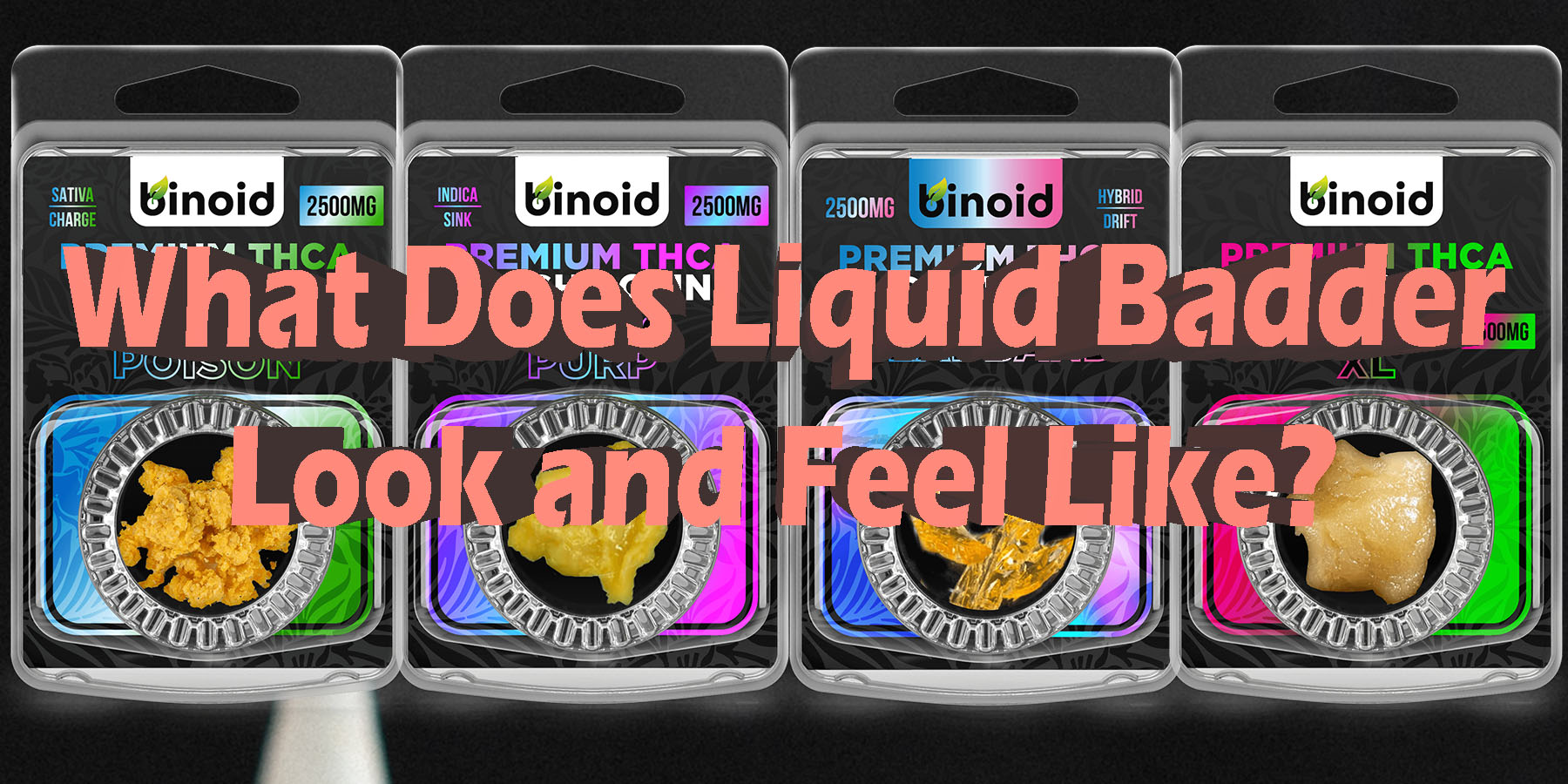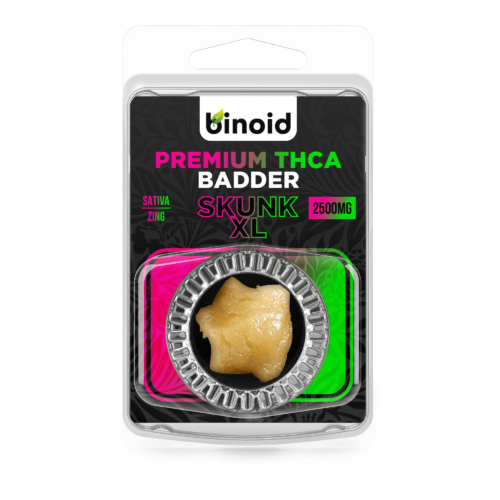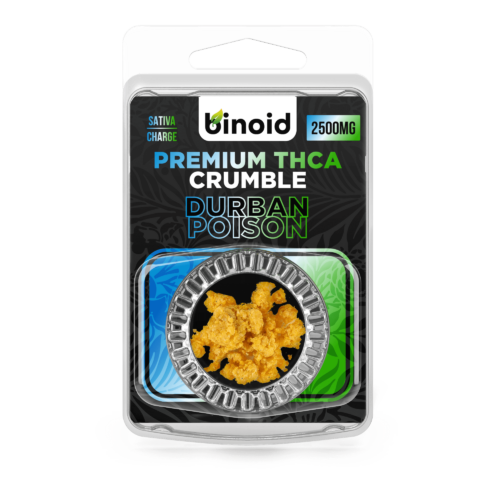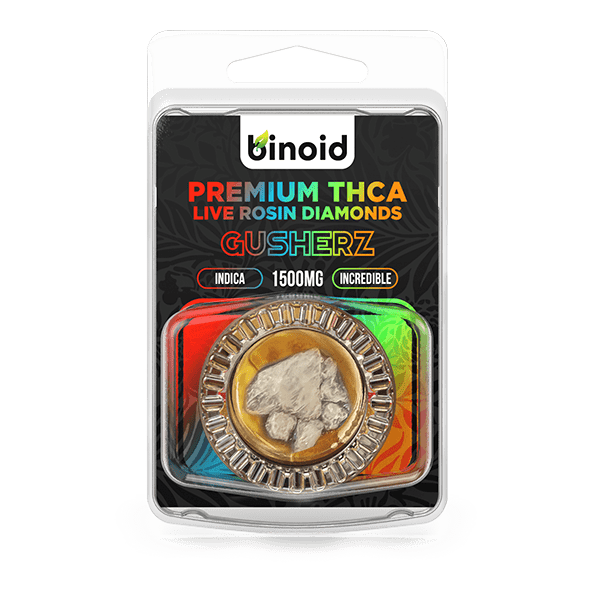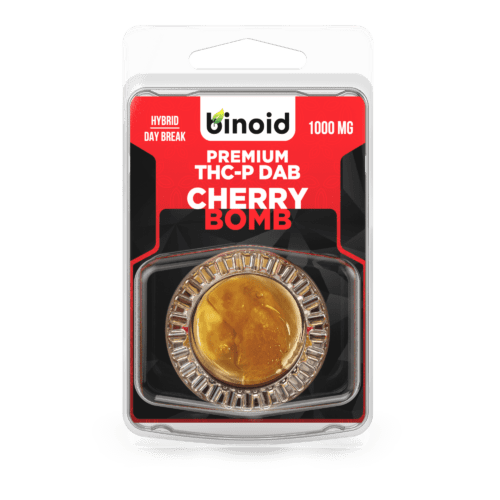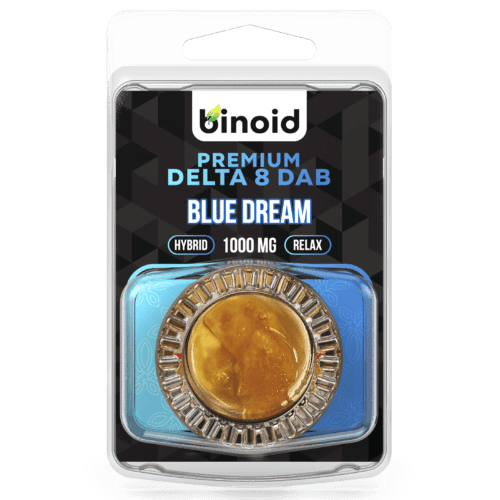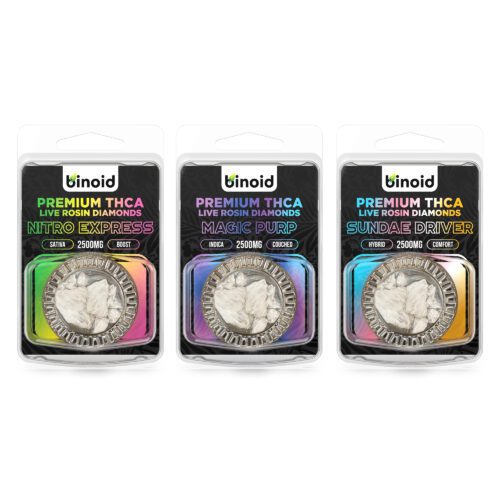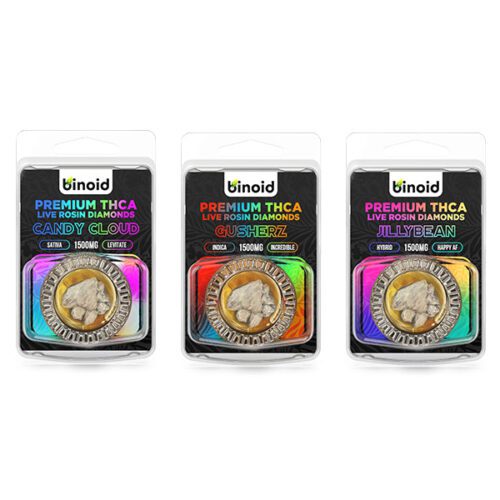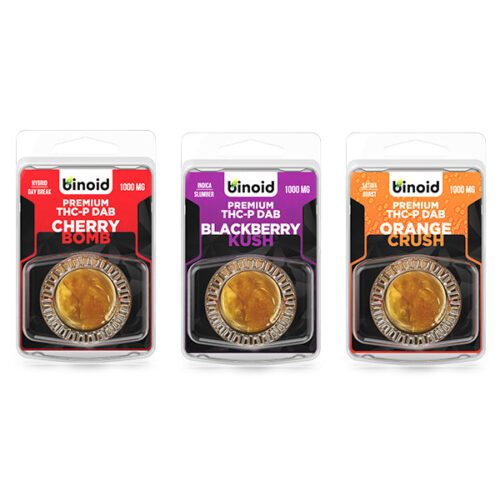Ever encountered a cannabis concentrate that boasts a luscious, almost frosting-like sheen, yet offers a satisfyingly pliable and easy-to-manage texture? You might just be thinking of liquid badder, a standout in the diverse family of cannabis extracts. This isn’t about airy fluffiness; it’s about a rich, creamy consistency that promises both potency and a remarkably smooth experience. But what exactly defines this particular form of badder, setting it apart from its concentrate cousins? What’re its signature visual and tactile qualities, and how do these translate into the feelings it imparts? Let’s answer this and more, shall we.
TO BUY THC PRODUCTS CLICK HERE
Recommended products
What is Liquid Badder and What Does It Look Like?
This consistency is achieved through careful post-extraction techniques that encourage the cannabinoids and terpenes to meld into a smooth, stable, yet yielding matrix, often with less agitation than what’s used to create budders. The result is a potent product that is not only flavorful, thanks to good terpene retention, but also exceptionally user-friendly for dabbing and vape pen applications due to its cohesiveness and ease of handling.
Visually, liquid badder is quite appealing, typically presenting an opaque to semi-translucent appearance with a noticeable sheen that hints at its oily and terpene-rich nature. The color palette can range from a pale, creamy beige or light yellow to deeper shades of gold, amber, or even a rich caramel, depending on the source cannabis material, the age of the extract, and the specific processing methods used. You won’t see the distinct crystalline structures of sugar or diamonds, nor the airy, peaked texture of a whipped budder. Instead, liquid badder often has a smooth, somewhat glossy surface, resembling a thick batter, a soft frosting, or even a very viscous honey. It tends to hold its shape but yields readily to a dab tool, often pulling away cleanly without being overly stringy or brittle. Its appearance is one of substantial, creamy richness, promising a concentrate that is both potent and smooth.
When It Was Discovered
This wasn’t a singular invention but rather a response by skilled extractors to consumer demand for concentrates that were easier to handle than glass-like shatter, more flavorful than some drier waxes, and more consistent for dabbing. Artisans found that by carefully controlling variables such as temperature, agitation (often minimal or very specific to avoid excessive whipping), and purging times during post-extraction, they could guide the concentrate towards this desirable badder form. The emphasis was on preserving a rich terpene content, which contributes to the oily sheen and pliable nature, while ensuring a homogenous and stable product that didn’t “sugar out” or become too rigid over time, thus solidifying its place as a favored consistency.
Recommended products
How It’s Exactly Created
The creation of liquid badder is a nuanced process that transforms raw cannabis extract into a concentrate with a signature creamy, oily, and pliable texture. It requires careful control over various environmental factors and specific handling techniques during the post-extraction phase. The objective: achieve a stable, homogenous, terpene-rich product that is potent and easy to work with, distinct from the airy, whipped nature of budders or the crystalline structure of sugars and diamonds.
Here’s a detailed look at the typical steps involved in crafting liquid badder:
-
Selection of Quality Starting Material: The journey begins with high-grade cannabis plant material. This could be traditionally cured flower and trim, or for “live liquid badder,” fresh-frozen cannabis plants are used to preserve the most volatile and delicate terpenes. The quality and chemovar of the starting material are paramount, as they dictate the ultimate cannabinoid potency, terpene profile, flavor, and effects of the final liquid badder.
-
Primary Solvent Extraction: A solvent-based extraction method is employed, most commonly using light hydrocarbons such as n-butane (BHO), propane (PHO), or a precisely formulated blend of these solvents. This process is conducted in a sophisticated, food-grade, closed-loop extraction system. The chilled solvent passes through the cannabis material, efficiently dissolving the desired cannabinoids (like THCA, CBD) and a broad spectrum of terpenes, separating them from the unwanted plant waxes, lipids, and cellulose. This results in a potent crude cannabis oil.
-
Initial Solvent Purge and Dewaxing (Optional):
-
The crude oil, now rich in cannabinoids and terpenes but also containing residual solvent, undergoes an initial purge. This is typically carried out in a vacuum oven at relatively low to moderate temperatures. The vacuum pressure helps to lower the boiling point of the solvent, allowing it to evaporate without excessively degrading the temperature-sensitive terpenes.
-
Dewaxing or winterization might be performed at this stage, especially if the starting material was particularly waxy or if an ultra-clean THCA product is desired. This involves re-dissolving the extract in a secondary solvent like ethanol, chilling it to sub-zero temperatures to precipitate fats and waxes, and then filtering them out. This step can lead to a smoother, cleaner final product.
-
-
Achieving the Badder Consistency – Controlled Agitation and Purging: This is the critical phase where the specific badder texture is developed. Unlike budders, which are often vigorously whipped to incorporate air and create a fluffy texture, the process for badder typically involves more gentle or controlled agitation, or sometimes specific temperature manipulations that encourage a different kind of nucleation.
-
Minimal to Moderate Agitation: The extract, while still being purged in the vacuum oven, might be subjected to very light stirring, scraping, or specific forms of agitation. The goal is to homogenize the mixture and encourage a degree of nucleation of THCA into micro-crystals, but not to the extent of creating an airy, whipped product. The aim is to achieve a creamy, opaque texture.
-
Temperature Control: Precise temperature control during this stage is vital. Slightly warmer temperatures compared to those used for shatter, combined with the agitation, can help prevent the extract from becoming too rigid and encourage the formation of the desired badder consistency. The temperature must still be low enough to preserve terpenes.
-
Purging to Final Form: The purging process continues until residual solvents are reduced to safe, compliant levels. The consistency is monitored closely. The process might involve allowing the extract to “set” or “cure” under specific conditions to achieve the final oily, pliable THCA badder form. The higher oil and terpene content, if preserved well, will naturally contribute to this texture.
-
-
Ensuring “Liquid” Pliability: The “liquid” aspect of liquid badder refers to its exceptional softness, pliability, and often glossy, wet appearance due to its oil and terpene richness, rather than being a truly free-flowing liquid. This is maintained by:
-
Preserving Terpenes: High terpene content naturally makes extracts softer and more viscous. Careful purging that minimizes terpene loss is key.
-
Avoiding Over-Processing: Not over-whipping and not over-purging to a point where the extract becomes dry or too stable and firm. The goal is a product that holds its shape but is very easy to scoop and manipulate.
-
Homogenization: Ensuring the cannabinoids (often in a micro-crystalline or amorphous state) are evenly distributed within the terpene-rich oily matrix.
-
-
Final Quality Assessment and Packaging: Once the liquid badder has achieved its desired creamy, oily, and pliable texture and has been thoroughly purged of any residual solvents, it is carefully inspected for quality. It is then typically packaged in airtight glass containers to maintain its consistency, preserve its potent aromatic profile, and protect it from degradation. Finally, comprehensive third-party laboratory testing is conducted to confirm its cannabinoid potency, terpene content, purity (ensuring it is free from harmful contaminants and residual solvents), and overall safety for consumption.
The artistry in creating liquid badder lies in the extractor’s ability to expertly guide the extract through these stages, particularly managing the delicate balances involved.
Recommended products
What Does Liquid Badder Feel Like – Physically and Mentally?
Experiencing liquid badder is often described as a luxurious and deeply satisfying journey for the senses, marked by its uniquely smooth, oily, and pliable texture, which translates into an equally smooth consumption experience. The richness of this concentrate, typically teeming with well-preserved terpenes, sets the stage for a potent and flavorful encounter that can profoundly influence both physical sensations and mental state. From the moment it’s handled to the lingering effects, liquid badder tends to offer a refined yet powerful expression of its cannabis origins, promising a well-rounded and often blissful state of being.
What Liquid Badder Feels Like Physically
The physical interaction with liquid badder often begins with an appreciation for its distinctive texture. It feels notably creamy and pliable, yielding effortlessly to a dab tool, making it exceptionally easy to scoop and manage. This contrasts with the brittleness of shatter or the sometimes drier, crumblier nature of other waxes. Its oily characteristic often gives it a slight tackiness that helps it adhere well to tools without being overly messy or stringy.
Upon vaporization or dabbing, the first physical sensation is usually an immediate and enveloping wave of rich, full-bodied flavor across the palate, a testament to its high terpene content. The vapor produced is generally dense, smooth, and often described as “buttery” or exceptionally soft on the inhale, which can be very pleasant compared to harsher extracts. Following usage, the physical effects can vary considerably depending on the strain’s profile, ranging from a deeply comforting and pervasive body relaxation that encourages a thoroughly chilled-out state, to a more subtle, warming physical ease that allows for continued activity with a heightened sense of bodily well-being.
What Liquid Badder Feels Like Mentally
Mentally, engaging with liquid badder typically leads to a potent and often swift shift in consciousness, characterized by clarity and depth. Users frequently report a significant uplift in mood, which can quickly blossom into a sustained state of euphoria, lightheartedness, or profound contentment. The specific mental journey is intricately shaped by the terpene profile inherent in the strain used to create the liquid badder; some profiles might foster heightened creativity, an engaging flow of thoughts, and increased sociability, making it enjoyable for artistic endeavors or lively discussions.
Other terpene combinations might guide the user towards a more introspective, calm, and meditative mindset, ideal for unwinding, deep thought, or simply basking in a state of serene bliss. Given that high-quality liquid badder often preserves a broad spectrum of the plant’s cannabinoids and terpenes, the mental experience is frequently described as being more holistic, well-rounded, and nuanced than that produced by isolated cannabinoid products, offering a satisfying and comprehensive alteration of one’s mental state.
Can Liquid Badder Get You High?
You bet your bottom dollar it can, since liquid badder is a highly potent cannabis concentrate that can most certainly get you high, often quite intensely. Its significant psychoactive capabilities stem from its high concentration of cannabinoids, with the primary psychoactive agent being Delta-9 THC, which is either present directly or, more commonly, is converted from its acidic precursor, THCA, upon heating. During the extraction and concentration process, the cannabinoids are significantly amplified compared to their levels in raw cannabis flower. Liquid badders frequently test total cannabinoid potencies ranging from 60%-85%+, with a large portion of that being THCA or THC.
When liquid badder is consumed through methods that involve heat, such as dabbing or vaping, the THCA rapidly undergoes decarboxylation, transforming into the psychoactive Delta-9 THC. This sudden influx of highly concentrated Delta-9 THC into the system is responsible for the powerful euphoric effects, altered sensory perception, and the characteristic “high” associated with potent cannabis use. The rich terpene profile typically found in liquid badder also plays a crucial role through the entourage effect, potentially modulating and enhancing the intensity and overall quality of the high.
Recommended products
What Can Influence Your Liquid Badder High?
The specific high that’s experienced from liquid badder is not a static, one-size-fits-all event; rather, it’s a personalized and dynamic interplay of various crucial elements. Hence, why there are a number of factors that must be considered.
#1: Your Body Type and Tolerance to Liquid Badder
Your individual physiology and your established tolerance to cannabis are fundamental determinants of how liquid badder will affect you. Core biological factors such as your body weight, metabolic rate, liver enzyme activity, and the unique configuration of your endocannabinoid system (the network of receptors that cannabinoids interact with) all play significant roles in how your body absorbs, processes, and ultimately responds to the cannabinoids in the liquid budder.
For example, individuals with a faster metabolism might experience a quicker onset of effects, but these effects might also diminish more rapidly. Tolerance, which is developed through regular and consistent exposure to cannabis, particularly to high-THC products like concentrates, is a critical factor. A seasoned cannabis aficionado with a high tolerance will generally require a larger quantity of liquid budder to achieve the same level of euphoria or relaxation as an infrequent user or a novice, for whom even a very small portion can feel exceptionally potent and deliver a powerful sense of bliss.
#2: How Much Liquid Badder You Take
The precise quantity of liquid badder you decide to consume in a single session—your dosage—stands as arguably the most direct and impactful variable influencing the resulting high. Given that liquid badder is an extremely concentrated form of cannabis, frequently boasting very high percentages of THC (or THCA that converts to active THC upon heating), even slight variations in the amount consumed can lead to markedly different and significant experiential outcomes. A very modest dose, perhaps just a small smear or bead, might elicit subtle yet pleasant effects such as a gentle mood uplift, a mild wave of bodily ease, or a slight enhancement of sensory inputs, fostering a chilled-out yet still functional state.
As the dose is incrementally increased, the intensity of the psychoactive effects will become progressively more pronounced, potentially leading to profound euphoria, significant alterations in the perception of time and one’s surroundings, and deep, immersive physical relaxation. It is recommended, particularly if you are new to liquid badder, trying a different strain or batch, or possess a generally lower tolerance to cannabis, to begin with the smallest conceivable effective amount, carefully and patiently assess the full impact after an appropriate waiting period, and only then consider consuming more if a more intense experience is desired.
#3: The Combination of Cannabinoids
The specific assortment and relative concentrations of various cannabinoids within the liquid badder are instrumental in defining the intricate character and overall feel of your high. This synergistic interplay, often described by the term “entourage effect,” highlights that while Delta-9 THC (typically formed from THCA when heated) is the principal psychoactive compound, the presence, specific ratios, and collaborative action of other cannabinoids can significantly modulate and refine the subjective experience.
This means that two liquid badder products with similar overall THC percentages might still offer noticeably different highs due to their unique cannabinoid cocktails. A well-crafted liquid badder, particularly one derived from a full-spectrum cannabis extract, will aim to preserve a rich diversity of these valuable compounds, and below is a look at several key cannabinoids that might be present in liquid badder and their potential contributions:
Recommended products
-
THCA (Tetrahydrocannabinolic Acid): This is frequently the most abundant cannabinoid in un-decarboxylated liquid badder. In its raw, acidic form, THCA itself is not psychoactive. However, when subjected to heat during consumption methods like dabbing or vaping, THCA undergoes rapid decarboxylation, transforming into the highly psychoactive Delta-9 THC. The way THCA is structured within the badder—often as fine micro-crystals or in an amorphous state, suspended within the oily, terpene-rich matrix—is crucial to both its potency upon heating and its signature creamy, pliable texture.
-
Delta 8 THC (Delta-8-Tetrahydrocannabinol): Delta-8 THC is an isomer of Delta-9 THC, meaning it has a similar chemical structure but with a slight difference that alters its effects. It is psychoactive but generally reported by users to be less potent than Delta-9 THC, often associated with a clearer-headed high and a reduced likelihood of inducing anxious feelings for some individuals. If Delta-8 THC is present in the liquid badder, either naturally in very small amounts or as an intentional part of the formulation, it could lend a subtly different, perhaps more calming or focused, quality to the overall psychoactive experience.
-
Delta 9 THC (Delta-9-Tetrahydrocannabinol): This is the primary psychoactive compound in cannabis that is responsible for the classic “high”—the euphoria, altered sensory perception, changes in thought patterns, and relaxation. In liquid badder, Delta-9 THC is predominantly formed through the immediate decarboxylation of THCA when the product is heated for consumption. Some amount of Delta-9 THC might also be present if partial decarboxylation has inadvertently occurred during the extraction, purging, or storage processes. The effective concentration of Delta-9 THC delivered to the user directly correlates with the intensity of the psychoactive sensations.
-
THC-B (Tetrahydrocannabutol): THC-B is another phytocannabinoid, an analog of THC, that features a butyl (four-carbon) side chain instead of the pentyl (five-carbon) side chain found in Delta-9 THC. This structural difference is believed to enhance its binding affinity to the CB1 receptors in the brain, making THC-B notably more potent than Delta-9 THC, though generally considered less potent than THC-P. If THC-B is present in the liquid badder, even in smaller concentrations, it would be expected to contribute significantly to the overall psychoactive strength and potentially alter the character of the ‘high’, making it feel more intense.
-
THC-P (Tetrahydrocannabiphorol): THC-P is a phytocannabinoid (which can also be produced semi-synthetically for commercial products) that has garnered considerable attention due to its exceptionally high potency. It is distinguished by a longer, seven-carbon (heptyl) alkyl side chain, compared to Delta-9 THC’s five-carbon chain. This structural feature allows THC-P to bind with significantly greater efficacy to the CB1 receptors. Current research and anecdotal reports suggest that THC-P could be up to 30 times more potent than conventional Delta-9 THC. If incorporated into the formulation of a liquid badder, even in very minute percentages, it would drastically amplify the intensity, the psychoactive depth, and likely the duration of the high, resulting in a profoundly powerful experience.
-
HHC (Hexahydrocannabinol): HHC is a hydrogenated derivative of THC, meaning hydrogen atoms have been added to THC’s molecular structure, which alters its properties. It is psychoactive, and its effects are often described by users as being similar in intensity to Delta-9 THC, though some find it to be slightly milder or more relaxing and less prone to inducing anxious feelings. A notable characteristic of HHC is its increased chemical stability, potentially offering a longer shelf life. If HHC is present in the liquid badder, it would contribute to the overall psychoactive profile, possibly offering a slightly different experiential nuance compared to THC-dominant products.
#4: The Inclusion of Live Resin or Live Rosin
The overall quality and experiential depth of liquid badder can be significantly amplified if its formulation is based on, or substantially includes, premium “live resin” or “live rosin” extracts. These “live” concentrates are meticulously crafted from cannabis plants that are flash-frozen immediately at the point of harvest, a critical step that preserves a much fuller and more vibrant spectrum of volatile terpenes and delicate cannabinoids compared to extracts derived from plant material that has undergone traditional drying and curing processes.
When liquid badder is produced using these “live” inputs as its primary foundation, or when such high-quality extracts are skillfully blended into the badder, the result is a product that typically boasts a remarkably more intense, complex, and authentically nuanced aromatic bouquet. This also translates to a richer and more true-to-the-living-plant flavor profile, and potentially a more holistic, well-rounded, and distinctly strain-specific entourage effect. Let’s break it down further for a moment:
-
Live Resin: If the liquid badder is predominantly made from live resin, or if live resin is a key component, anticipate a powerful and vivid explosion of bright, captivating aromas and flavors. Live resin, produced via solvent extraction from fresh-frozen material, is renowned for capturing the most volatile and expressive terpenes—think intense citrus zests, deep piney notes, pungent fuel-like aromas, or sweet berry and floral fragrances. A live resin liquid badder will beautifully carry and deliver these lively and potent terpene characteristics within its smooth, pliable, and creamy matrix, offering a dynamic and highly flavorful high that truly reflects the essence of the living plant.
-
Live Rosin: When live rosin serves as the foundational extract for, or is thoughtfully integrated into, a liquid badder formulation, it introduces the highly prized qualities of a full-spectrum, entirely solventless concentrate. Live rosin is made by pressing ice water hash that itself was created from fresh-frozen cannabis. It’s celebrated for its exceptionally clean, pure, and complex flavor profiles that are often more subtle and layered than live resin, yet profoundly true to the nuances of the original cultivar. A liquid badder featuring live rosin would deliver an incredibly smooth, rich taste and a broad array of effects, all enveloped in that signature creamy, oily, and pliable badder texture, representing a peak of purity, craftsmanship, and natural cannabis expression.
Recommended products
#5: The Delivery Method of Products Using Liquid Badder
The specific method selected for liquid badder will have a considerable impact on the onset, intensity, and overall duration of your experience, as different methods influence how efficiently cannabinoids are absorbed into your bloodstream. The characteristically soft and pliable nature of liquid badder lends itself well to a couple of highly popular and effective modern consumption avenues:
-
Vapes: Liquid badder, especially formulations that are carefully processed to achieve an optimal viscosity while retaining their rich terpene profile, is an excellent candidate for use in vape pens. It can be found in pre-filled cartridges designed to be attached to reusable vape batteries, or in highly convenient all-in-one disposable vape units that come ready to use. The process of vaping involves heating the liquid badder to create an inhalable vapor. This vapor allows for very rapid absorption of cannabinoids through the delicate tissues of the lungs directly into the bloodstream, typically leading to a quick onset of effects—often noticeable within just a few minutes. This provides immediate access to the strain-specific sensations of bliss or relaxation, along with the full, unadulterated flavor profile of the liquid badder.
-
Gummies: While directly incorporating a typical badder into gummy formulations without significant additional processing might present some technical challenges in terms of achieving homogeneity and accurate dosing, it’s certainly possible if the “liquid badder” is, or can be, further refined or blended into a cannabinoid oil that is stable and compatible with edible manufacturing processes (this nearly always requires full decarboxylation of THCA into active THC to ensure oral bioavailability). If liquid badder is used to create infused gummies, the cannabinoids, once ingested, will travel through the digestive system and undergo metabolism by the liver. This crucial metabolic step converts THC into 11-hydroxy-THC, a psychoactive metabolite that is widely reported to be more potent and to have a significantly longer duration of action than inhaled THC. Consequently, gummies infused with a liquid badder derivative will usually have a substantially delayed onset of effects (typically anywhere from 30 minutes to 2 hours or even longer, depending on individual metabolism and stomach contents), but the subsequent experience is generally more intense, offers a more pronounced full-body sensation, and can last for an extended period, often many hours.
#6: That Said Product’s Strain
The product’s strain you buy makes a big difference, too, as the specific cannabis cultivar used to produce the liquid budder is a primary architect of its aromatic signature, its distinct flavor notes, and the particular character of the effects it will impart. The term “strain” refers to the unique chemovar of cannabis, defined by its specific profile of terpenes (the aromatic compounds responsible for scent and taste) and its inherent ratios of various cannabinoids.
Each terpene not only contributes to the sensory delight of the concentrate but also interacts synergistically with cannabinoids such as THC through the entourage effect, subtly or significantly guiding the overall experience toward being more invigorating, more calming, or a nuanced blend of both. There are three main classifications of strains, and within these, a vast array of individual strains exists, each offering its own unique pathway to euphoria or relaxation:
-
Indica: When they are the source material for liquid budder, Indica strains widely celebrated for their tendency to impart a deeply mellowing effect that can be felt both in one’s mood and throughout the body. You can find full Indica varieties that purely express these classic traits, Indica-leaning types where Indica characteristics are preponderant, and Indica-dominant strains, all of which are generally favored by individuals seeking profound relaxation, significant physical comfort, and a deeply chilled-out, tranquil state of mind.
-
Sativa: Typically, are more sought after for daytime consumption or for enhancing social interactions, as they are often associated with effects that may be energizing, uplifting, and conducive to cerebral activity. Liquid budders derived from full Sativa cultivars, Sativa-leaning options, and Sativa-dominant products are frequently chosen by those looking to spark creativity, sharpen focus, encourage conversation, and experience an overall sense of euphoria and mental vivacity.
-
Hybrid: The cultivated result of crossbreeding Indica and Sativa plants, meticulously developed to produce a concentrate that offers a harmonious equilibrium between the effects of both parent types, or to strategically emphasize specific desirable characteristics from their diverse lineage. These liquid budders can provide an exceptionally versatile experience, sometimes initiating with the bright mental clarity characteristic of a Sativa before smoothly transitioning into the comforting body relaxation typical of an Indica, or vice-versa. Hybrids are often available in balanced 50/50 ratios or with slight leanings, such as a 55/45 distribution, depending on the precise genetic makeup of the strain and the cultivator’s intent.
#7: Your Overall State of Mind
Your prevailing mental and emotional landscape at the very moment you choose to consume liquid badder can act as a significant and powerful modulator, profoundly influencing the character, quality, and overall trajectory of your entire experience. If you approach your session while feeling generally calm, optimistic, secure, and comfortable within your immediate surroundings, and if you are open and receptive to the unfolding sensations, the effects of the liquid badder are much more likely to synergize with and amplify these positive pre-existing feelings.
This synergy can lead to a more pronounced and sustained sense of euphoria, a richer and more accessible wellspring of creative thought, or a deeper and more immersive dive into a state of blissful tranquility and genuine contentment, as the potent cannabinoids and aromatic terpenes elegantly interact with your positive and receptive mindset.
Conversely, if you’re heading into the experience while already experiencing notable levels of stress, anxiety, or worry, or if you find yourself in an environment that feels chaotic, unfamiliar, unsettling, or uncomfortable, the potent psychoactive nature of liquid badder could inadvertently intensify these pre-existing negative emotions or disquieting sensations. It is therefore always a highly beneficial practice to cultivate a degree of mindful awareness regarding your internal emotional climate and your external physical setting before partaking in any cannabis product, and especially concentrates, as the ensuing experience tends to significantly reflect and often magnify your current psychological state rather than entirely remolding or overriding it.
Final Liquid Badder Feelings Thoughts
Liquid badder, with its invitingly creamy and pliable nature, carves out a distinct niche for itself, offering a rich, full-bodied engagement that appeals to both the seasoned connoisseur and those seeking a more manageable concentrate form. It’s a testament to the art of balancing potent effects with a sumptuously smooth delivery, where the oily richness carries flavor and sensation with remarkable fidelity. The lasting impression of liquid badder isn’t just about its ease of use or its potent capabilities; it’s about the satisfying completeness of the experience. It’s a reminder that sometimes, the most profound journeys are those that feel effortlessly luxurious and deeply authentic from start to finish.

